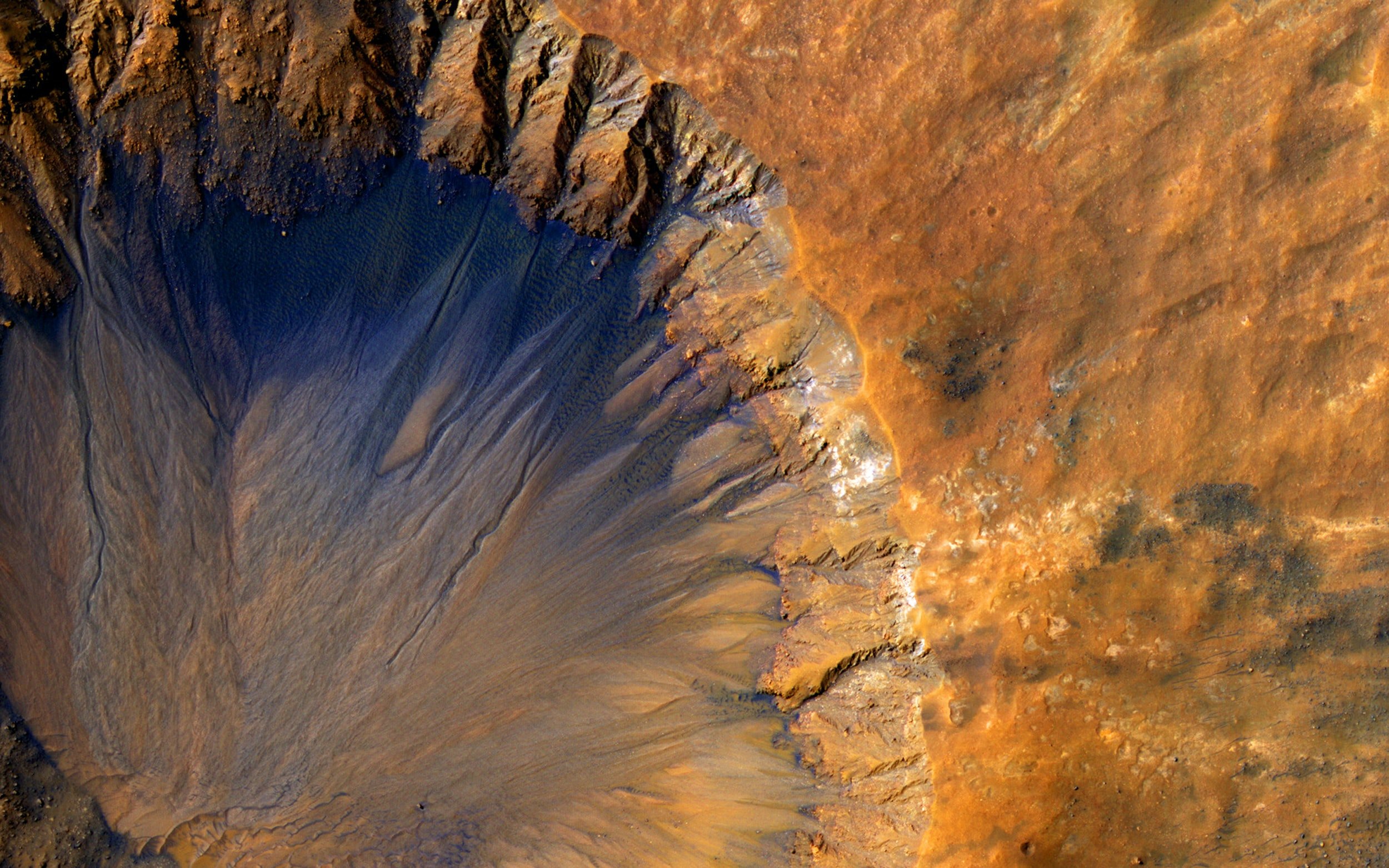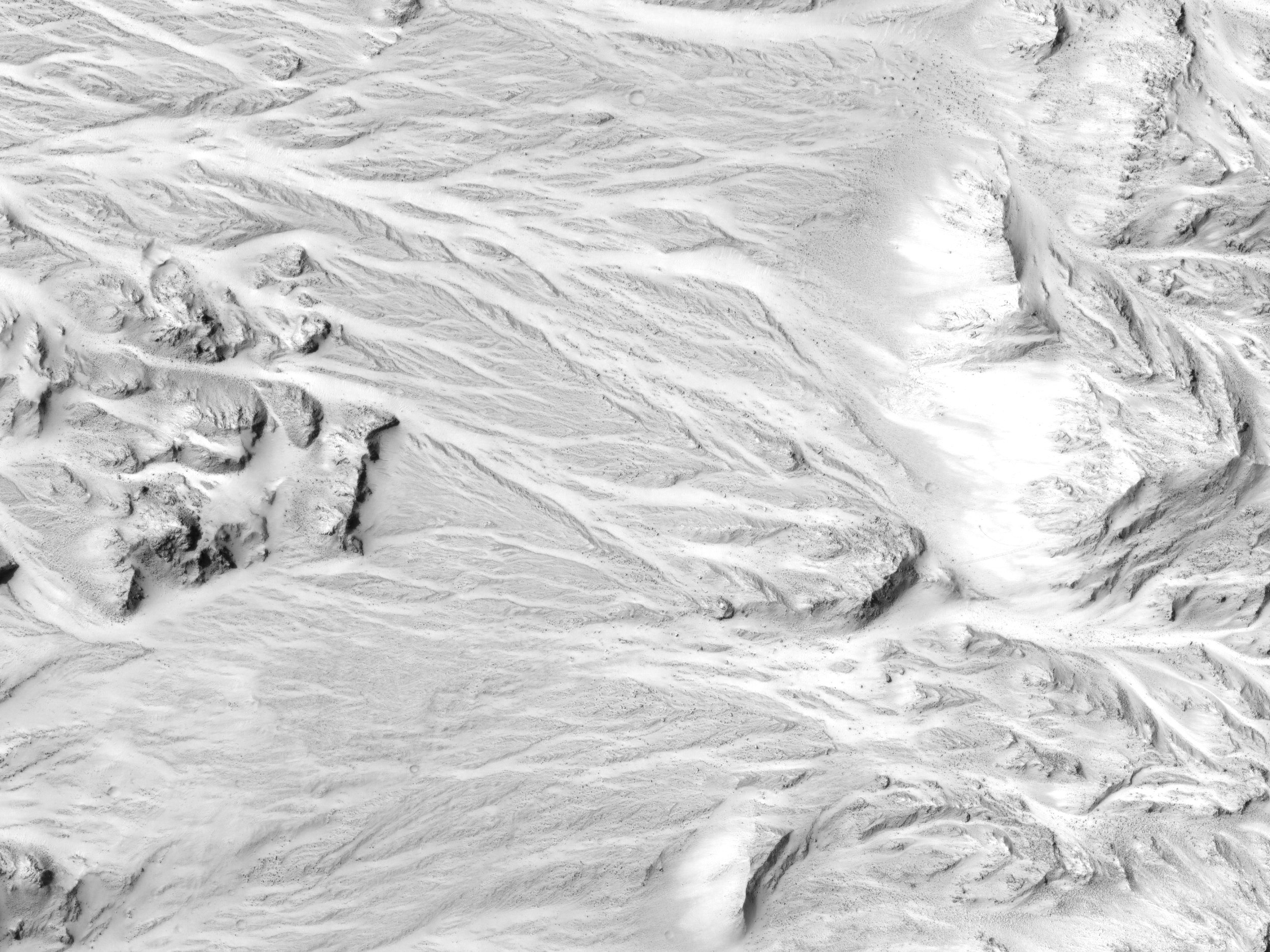
Surface Processes and Thermophysical Investigations

Quantifying lava flow roughness and heterogeneity
Much of Mars' younger terrain is inaccessible to landers and rovers, requiring creative use of orbital data to understand its surface. Our study focuses on volcanic regions from Arsia Mons to Daedalia Planum, where dust cover obscures key features. Using off-nadir thermal infrared (TIR) data from Mars Odyssey, combined with the KRC thermal model and thermal inertia mapping, we predict surface temperatures and quantify submeter-scale roughness—revealing compositional diversity and surface processes hidden beneath the dust.
Key Results
Brightness Temperature (ΔBT) and Surface Roughness
Large positive or negative ΔBT values correspond to rougher terrain; values near zero indicate smoother surfaces.
Off-nadir observations (e.g., −25°) enhance sub-pixel shadowing, amplifying ΔBT deviations between observed and modeled temperatures.
Model-data comparisons show a positive slope in ΔBT density plots, with the model underpredicting temperatures for negative ΔBT and overpredicting at positive ΔBT.
Lava Flow Morphology
Central lava channels are smoother and warmer, showing lower ΔBT values, while rougher lateral levees and flow breakouts exhibit higher ΔBT.
ΔBT imagery highlights younger flows (magenta hues) as rougher and less dust-covered; older, smoother flows appear more dust-mantled (blues/greens).
This work highlights how innovative observation strategies during extended mission phases can reveal new insights into planetary surface processes. By integrating orbital temperature data, multi-angle observations, and thermophysical modeling, we’ve advanced the study of Martian volcanology and established a framework for future analyses using THEMIS ROTO data—enabling more nuanced interpretations of Mars’ dynamic volcanic terrains.
Read the full article here: Brightness Temperature Variations and Anisothermality of Lava Flows near Arsia Mons
To read more about my work:
The Sub-Meter Surface Roughness of Martian Basaltic Lava Flows
